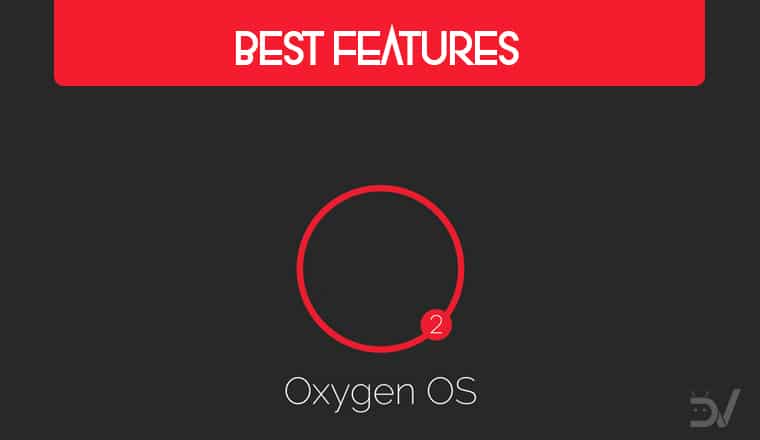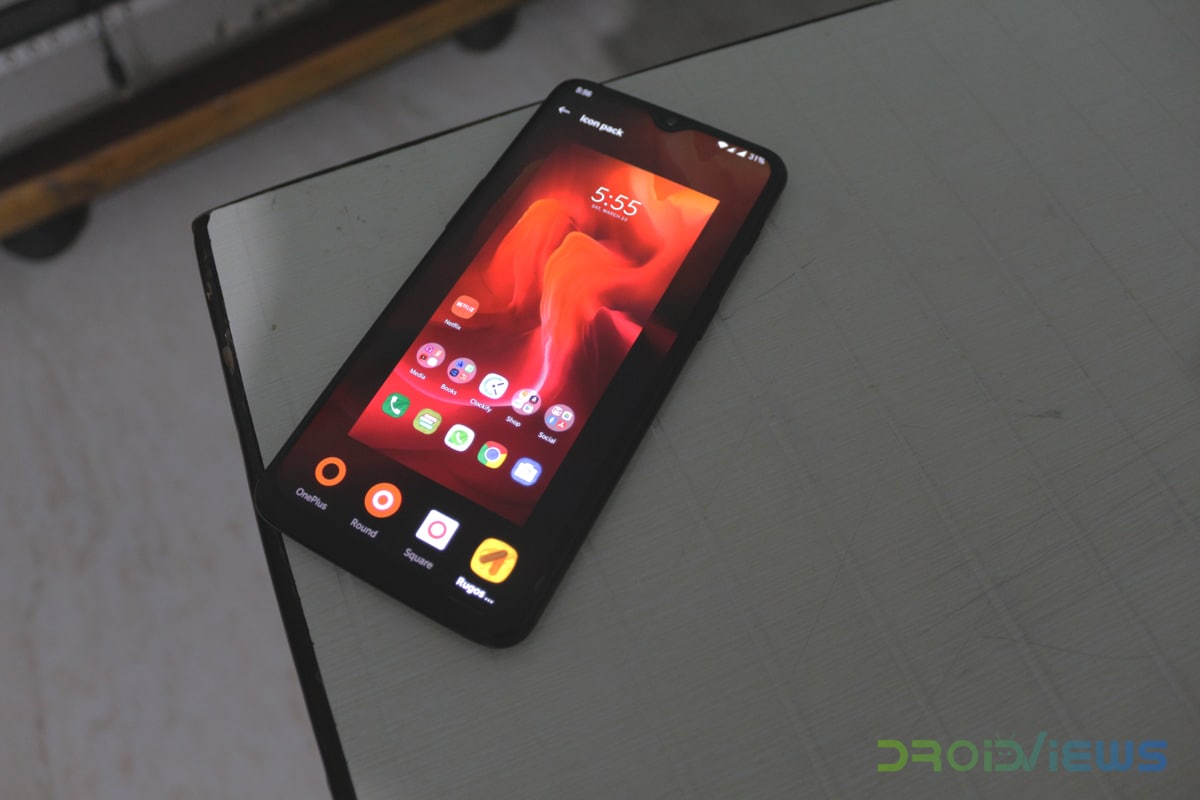
Which operating system do you think will supersede if we compare the OnePlus’ OxygenOS vs stock Android? I own 2 phones, one with OOS and the other with stock Android. Having had experience of both for quite some time, I think design and user interface, customizability and add-on features make OxygenOS better than stock Android.
Iteration after iteration, Android has thus seen 15 major updates over the course of 11 years, and onto its 16th one, we still feel Google has a knack for doing a little less than they’re capable of. Google’s stock Android has always been everyone’s top recommendation when an oblivious user wants to switch over from iOS, or any other rival operating systems (Symbian, lol?). But year after year, it’s always been the same lack of features that people call as being “stock”.
To solve this issue, various manufacturers have had their time making and distributing their own custom overlays on top of Android, bloating them with features, some useful, some not. As an Android user myself, I’ve used and witnessed different flavors from various manufacturers, ranging from Samsung’s OneUI, Google’s AOSP, HTC’s Sense, and now OnePlus’ OxygenOS – which I feel is a keeper. Let’s check out 3 reasons why OxygenOS is simply superior to stock Android.
How is OxygenOS Better than Stock Android?
Now here’re the 3 things that make OxygenOS better than Google’s stock Android.
1. Design and UI
OxygenOS has come a long way in terms of its UI and design. Starting from the roots of a nearly Stock look, to now – its own signature overlay atop Android. Most of the times this is seen as a negative, most people prefer to leave stock Android be. However, everything that’s minutely changed in OxygenOS is for the better. The notification panel is stretched down further to make reachability easier. The Quick Settings still hold the settings clog icon in a single swipe, as opposed to the double swipe that Google added recently. The entire Recents screen is just far well thought out than Google’s. There’s a clear all button right in the bottom center of the screen, which makes more sense than throwing it out to the far end of all the apps.
Not only does OxygenOS solve the teeny-tiny issues that Stock Android has looked over, but it also follows a general design trail. All of the built-in apps have the same big bold text design, with colorful vectors everywhere. This sure is a departure from Stock Android, but using a OnePlus device feels more integrated of itself than any other Android phone I’ve ever used. The entire UI everywhere is rounded, and overall everything seems well polished.
2. Customizability
It’s a known fact that Stock Android offers absolutely zero customization out of the box, and that’s where a custom OS like Oxygen pulls up far ahead – and rightfully so. Everything you see in OxygenOS has another style you can make do with. Don’t like the icons? Swap them! Is the color profile too saturated for your eyes? Change it! Don’t like what your navigation buttons do when pressed? Reverse them! I could go on and on about all the little things that OxygenOS does to offer its users sheer customizability of things that matter the most.
There’s an entire Theming option out there in the Display settings, where users can switch to a truly system-wide dark mode (AMOLED black), and select any one out of the 16 Million available accent colors, which are also system-wide. In theory, your OnePlus device could be the only one with the specific device theme you have. As stated previously, you can select a bunch of ways to navigate about the UI, including OnePlus’ own gesture navigation system, Google’s Pill navigation bar, and the traditional back, home and recents buttons. There are off-screen gestures that honestly make it hard for anyone to switch over from OnePlus, just because it’s that useful.
3. Feature Add-ons
While OxygenOS does a great job at maintaining a close to stock experience, with no fancy animations, dialogue boxes, or bloatware in general, it doesn’t shy out of offering some of the more useful features as add-ons to its users. Stock Android is stripped off of any extra features, heck you can’t even take an extended screenshot out of the box. OxygenOS solves such issues, and has thrown in quite the set of features that it thinks its users would love – and they’re right.
My top favorite features in OxygenOS would be the gaming mode, which toggles itself on automatically when you launch a game and clears your RAM, ends any useless processes, disables the capacitive keys, stops notifications from displaying on top of your screen, and prioritizes your connection to provide the best in-game ping. Obviously, every single one of these options is customizable, and you can truly make a hybrid gaming phone with this.
There’s a ton of display tweaks you can play around with, including different color presets a few Ambient display options and a dedicated reading mode. You get a built-in app locker which follows the same UI design trend of OxygenOS, a parallel apps feature, allowing you to use more than one instance of an app at once. These were only some of the features I use on a daily basis, and you will come across many more that might intrigue you if you ever use OxygenOS. These are the 3 points that make OxygenOS better than stock Android.
Do you agree without points pointed out above? The intent of this read was obviously not to bash on Stock Android, but just to highlight the good offerings out there that many people overlook. In my opinion, competition is healthy, and it’s not just coming in from OxygenOS. Maybe we could compile such a list about MiUI sometime in the future?






Join The Discussion: